I was visiting with a fellow Mason not long ago who was expressing how difficult it is for Freemasonry to articulate a public image which adequately describes our organization and is believable to the general public. This is indeed a remarkable challenge because we are bombarded with so many different perceptions about the fraternity. It seems there are many non-Masons willing to represent to the world what we are; without really knowing. The growing popularity of television documentaries, movies, and books about Freemasonry are filled with half truths, templar plots, inferred hostilities toward established religions; alleged infiltrations into the world’s most influential circles of government and elite centers of power. If this were not enough, the web is also filled with discussions asserting Masons to be extreme freethinkers unconstrained by civil authority or law.
The bane of being of the secret society tradition is that Freemasonry is constantly subjected to fanciful illusions of those who like to tell a good tale. And there are plenty of folk who are naïve enough to believe almost anything they hear.
The fact is that there are many public images regarding Freemasonry. It all depends on who you are reading and how you are reading it. There are those who choose to see a hostility between Freemasonry and religion; yet we live in a world with a huge and growing un-churched population. Many in this group perceive Freemasonry as an institution one can trust to openly and objectively discuss the tenets of all belief systems. There are those who see separation of church and state as hostile toward religion; but there are far more who agree with Freemasonry's position regarding the necessity of teaching a society to be watchful that the zealotry of faith does not restrict personal freedoms. There are those who see Freemasons as libertines; yet there are far more who see Masons as seekers of enlightenment within the historical norms of reason and judgment. There are those who call us conspirators against moral and civil authority; but far more who see, in Masons, community men with solid moral and ethical values. There are those who believe our secret society has sinister motives; but far more who are curious about our hidden treasure, our mystery, and the quest we make for that which is unknown except to an enlightened few.
We have something else that everyone respects, yet goes unnoticed by many who have nothing good to say about Freemasonry. We have family heritage. It can be suggested that more men have come into Masonry because someone in their family was a Mason than any other reason for joining. We remember the heroes in our life. And we want to be like them. For men everywhere, that is a far more powerful reason to belong than any web-discussion, tel-evangelizing, or idle commentary of the blind catering to the ignorant is a reason for not belonging.
Surveys have shown that 10% of the population dearly loves us; 10% hate us; and the other 80% have no opinion about us at all. Methinks this puts us in the driver's seat in terms of our opportunity to have an impact or "spin" on our own image.
I have never for a moment had any second thoughts about the value and rightness of Freemasonry. But I have struggled agonizingly long over our institution's inertness to collectively put into practice what it teaches. The biggest weakness of our Order is that we have no way of organizing our strengths to collectively improve society in the name of Masonry. Perhaps this is why we have become more of a charitable organization than a fraternity, even to ourselves. It is easy to get behind a good cause. But we are not so sure how to be a highly valued moral voice for our society.
I’m not sure myself how we position the world’s oldest fraternity to be seen as one of the most respected voices of good judgment and right thinking. But I know image building starts with the example we each individually set for those who know us. And if we wish to project right example onto the corporate name of Freemasonry, our collective acts out in the world must at least match the instruction we receive within our lodges.
________________________________________
Thank you for reading The Laudable Pursuit!
If you enjoyed this piece, please feel free to share it on social media sites and with your Lodge.
For more information on Wor. Robert G. Davis Please: CLICK HERE
Also, visit us on Facebook: https://www.facebook.com/TheLaudablePursuit
_______________________________________
SHOW YOUR SUPPORT
If you enjoyed this content, you can show your support by visiting the "Support TLP" page in the header.





